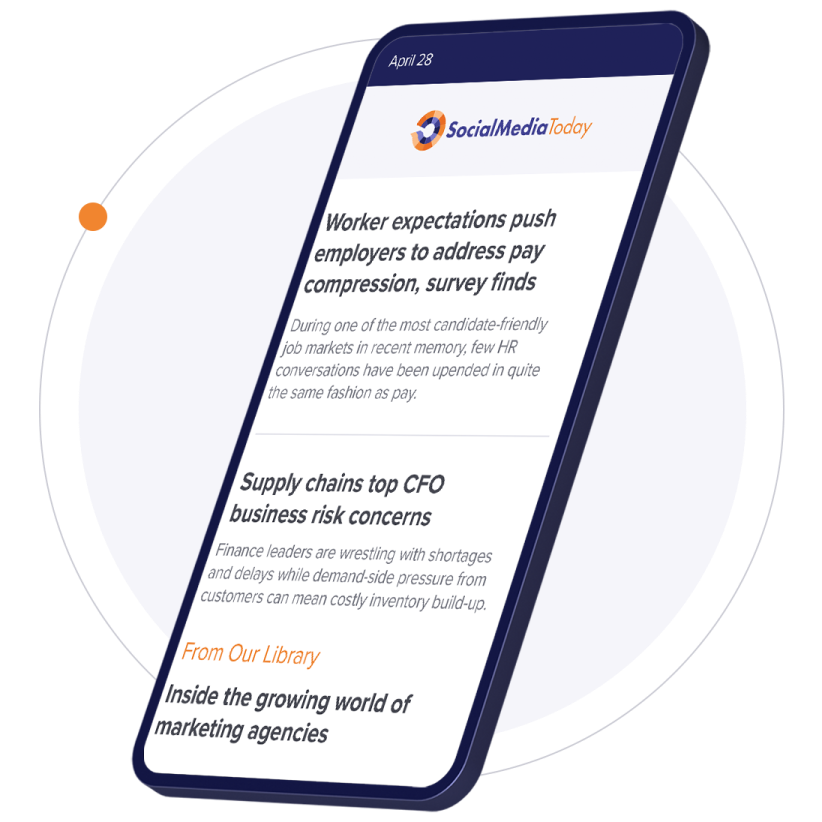On behalf of a reader recently I posted a Rainmaker Problem, requesting suggestions about how to make a referral. A couple of readers responded with good ideas, but not many, probably because you were busy with pre-holiday activities.
The subject is an important one, so here are a few suggestions for requesting referrals:
- Pick the right moment. There are times when you are much more likely to get the help you want than others. This was the subject of an earlier post, so I will not repeat that discussion here.
- Make it easy for the client to help you. Broad requests, like Would you consider referring us to others who might need our services?, may get yes for an answer, but they place a large burden on the client to figure you who might be a good contact for you and how to bring up your services. That's why they so often produce no result. You can make it easier for the client by:
- Being specific: A request for a referral to the CFO or head of the Consumer Products Division or someone in a senior position at Trigestis Pharmaceuticals is much easier for the client to focus on than a broad plea for help. Alternatively, you can ask for an introduction to someone with a specific issue with words like Can you think of anyone you know who might also be facing executive succession problems? or Do you know anyone else who handles insurance recovery problems for his company?
- Make it clear that you aren't asking too much. The open ended request for introductions can, and often is, perceived as asking for access to all of a client's contacts. That can be off-putting. Be clear that you aren't asking for too much. One rainmaker I know would ask if a client would be willing to make introductions for him and when the client agreed, would follow up with these words: Could I make a suggestion? Would you be willing to scan through your contact list and note down ten or a dozen people you know who might benefit from our services? After you do that, we could sit down and talk about them and, together, pick out one or two to target. If you are uncomfortable with that language, try these words: Thanks. That's awfully kind of you. Even one or two introductions would be a big help.
- Provide some language that the client might use when making the introduction. This saves the client time coming up with the right approach and makes him more effective at getting you in the door. You can use words like these: We find that people dealing with international litigation often respond well when someone says, "If you even need a rock-solid, expert witness on transfer pricing issues, you might want to talk with Brenda Smith. She helped us on . . ." Or you can help your client filter out good introductions form bad ones with words like We find that if you ask someone if they are interested in green design and that they say they are, it is easy to get them to agree to a meeting with us.
- Don't put the client on the spot. Show that you recognize that the client many choose to back away from an introduction with words like Timing is everything, so if you bring up the subject and feel that this isn't the time to introduce us, don't even try. I trust your judgment on this completely. This is especially important if the client shows even the slightest hesitation about making a specific introduction. Asking for advice rather than an introduction is another way to reduce pressure: I want to meet Joe Smith. Do you have any suggestions for the best way to do that?
- Keep the client informed about what happens. Always notify the client about how the introduction went, whether or not it was a success. If the introduction turns into new business for you a year later, it is still important to let the client know what happened, because it shows you acknowledge the help he provided, and so reinforces the behavior.
- Be thankful. This should be done whether or not the introduction is successful.
Do any of you have additional ideas?
Link to original post






